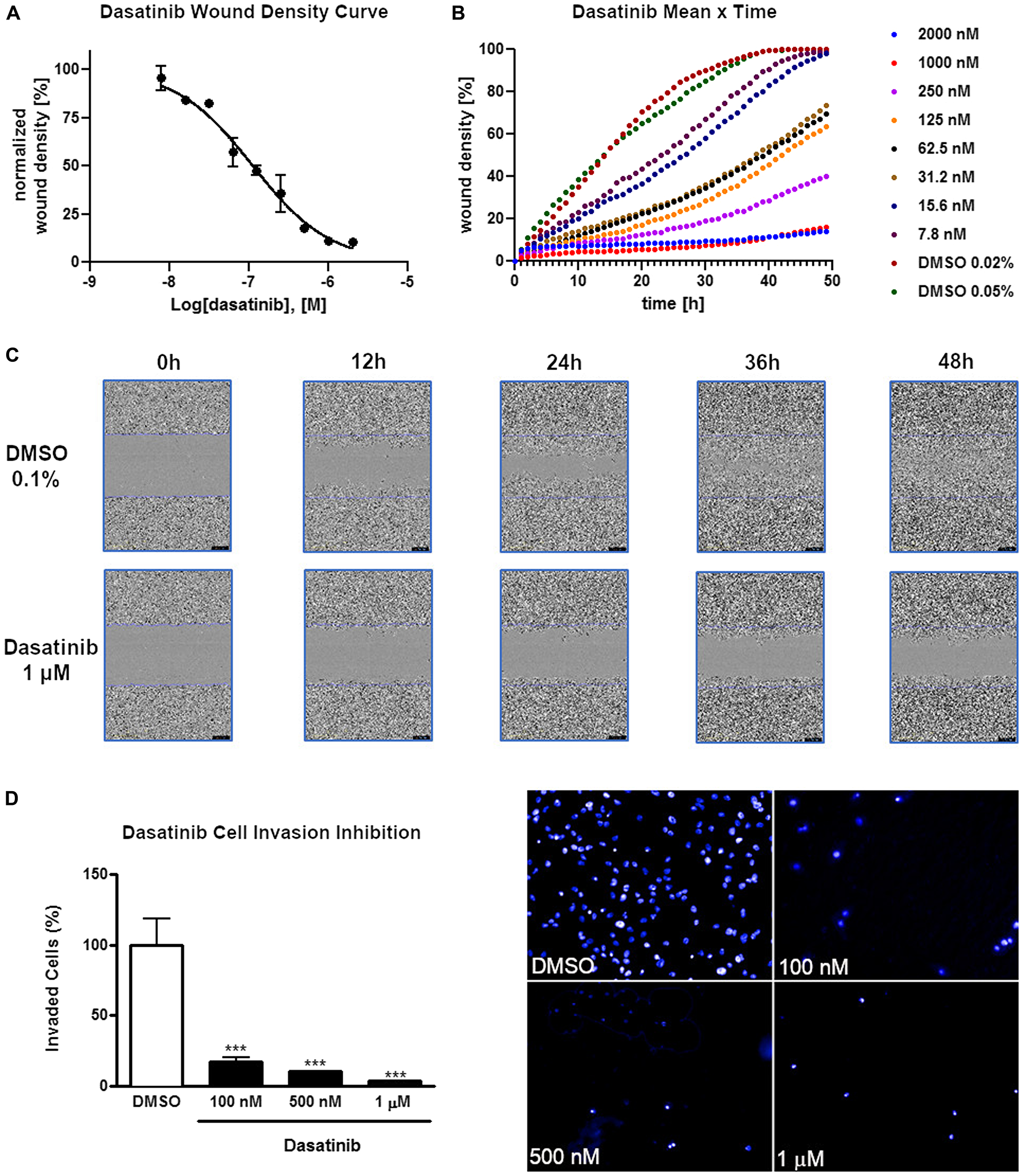Oncotarget Volume 11, Issue 5: The expression levels of the identified kinases were investigated on RNA and protein level in 200 classified tumor samples from patients, who had undergone gastrectomy, but had received no treatment.
Levels of FRK, DDR1 and SRC expression on both mRNA and protein levels were significantly higher in metastatic patient samples regardless of the tumor stage, while expression levels of SIK2 correlated with tumor size.
Dr. Raquel Carvalho Montenegro from the Drug Research and Development Center (NPDM) at the Federal University of Ceará and Dr. Susanne Müller from the Structural Genomics Consortium at the Buchmann Institute for Life Sciences said in their Oncotarget article, "Despite a decreased incidence rate during the past years, GC represents a major health problem, remaining the fifth most common type of cancer and the third leading cause of cancer-related death worldwide."
"Despite a decreased incidence rate during the past years, GC represents a major health problem, remaining the fifth most common type of cancer and the third leading cause of cancer-related death worldwide."
- Dr. Raquel Carvalho Montenegro, Drug Research and Development Center (NPDM) at the Federal University of Ceará
Kinase inhibitors are one of the most successful classes of small molecule modulators for the treatment of cancer with currently more than 50 kinase inhibitors being approved for treatment.
The efficacy of kinase inhibitors for many different types of cancers has prompted the investigation of these compounds also in GC.

Figure 1: Inhibition of cell invasion and migration of AGP-01 cells by dasatinib. (A) Wound healing migration assay of cells exposed to dasatinib in concentration-dependent manner using an IncuCyte® life cell imager after 24 h of treatment. (B) Wound density measured in a migration assay of GC cells in concentration- and time-dependent. (C) Representative images used for migration assay of AGP-01 cells exposed to dasatinib or DMSO at different time points. (D) Quantification of invasion inhibition of AGP-01 cells exposed to dasatinib at different concentrations for 8 h and representative images of the invasion assay. AGP-01 cells were stained with Hoechst 33342 after treatment. Quantitative data of invasion and migration are represented as mean ± SD of three independent experiments. ***P < 0.0001, significant difference between control and treatment groups by analysis of variance and Tukey posttest.
However, so far most clinical trials with for instance the dual MET/VEGFR2 inhibitor GSK1363089, the multi-target kinase inhibitor sunitinib, and the Epidermal Growth Factor Receptor EGFR1 and EGFR2 inhibitor lapatinib, respectively, failed to show beneficial effects.
A notable exception is the Vascular Endothelial Growth Factor Receptor-2 kinase inhibitor, apatinib, which is the only small molecule investigational kinase inhibitor which has demonstrated significant benefit on median OS and progression-free survival as a third-line therapy for GC in recent clinical trials.
Moreover, kinome-wide analysis identified five kinase targets responsible for the invasion of GC cells and their expression pattern in GC clinical samples characterizes them as a possible biomarker for GC screening and personalized therapy.
The Montenegro/Müller Research Team concluded in their Oncotarget paper, "our findings demonstrate that dasatinib could represent a potential targeted therapy for GC and provides mechanistic insight regarding the kinases FRK, DDR1, SRC and SIK2 targeted by this inhibitor. Moreover, this work is the first to elucidate the kinase targets of dasatinib in GC (SRC, ABL2, DDR1, EPHB2, FRK, LYN, RIPK, SRC, SIK2, YES1 and EPHA2). It is also the first to describe the involvement of FRK and SIK2 in GC invasiveness and to validate them through tissue studies as potential biomarkers of GC aggressiveness that can identify metastatic patients."
Sign up for free Altmetric alerts about this article
Full text - https://doi.org/10.18632/oncotarget.27462
Correspondence to - Raquel Carvalho Montenegro - [email protected] and Susanne Müller - [email protected]
Keywords - gastric cancer, dasatinib, biomarker, SRC-kinases, SIK2
About Oncotarget
Oncotarget is a biweekly, peer-reviewed, open access biomedical journal covering research on all aspects of oncology.
To learn more about Oncotarget, please visit https://www.oncotarget.com or connect with:
SoundCloud - https://soundcloud.com/oncotarget
Facebook - https://www.facebook.com/Oncotarget/
Twitter - https://twitter.com/oncotarget
LinkedIn - https://www.linkedin.com/company/oncotarget
Pinterest - https://www.pinterest.com/oncotarget/
Reddit - https://www.reddit.com/user/Oncotarget/
Oncotarget is published by Impact Journals, LLC please visit https://www.impactjournals.com/ or connect with @ImpactJrnls
Media Contact
[email protected]
18009220957x105


